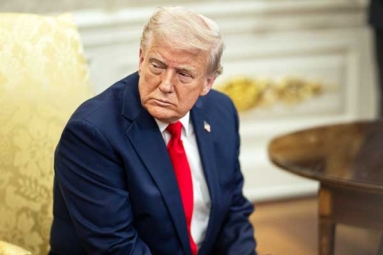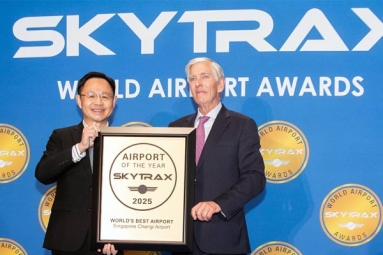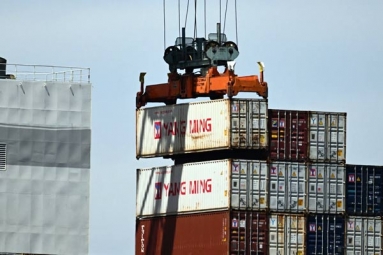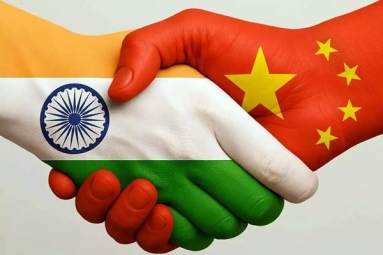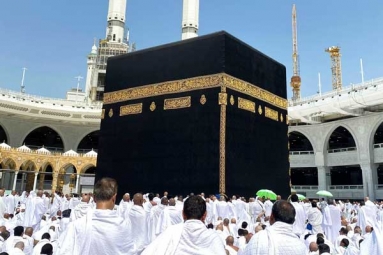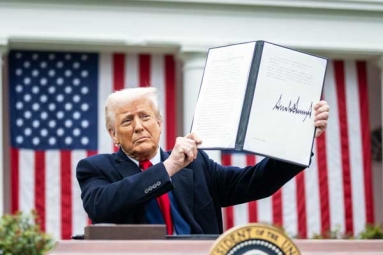India Likely to Receive $7.4 Bn Remittances This Year, Says World Bank
December 10, 2018 09:41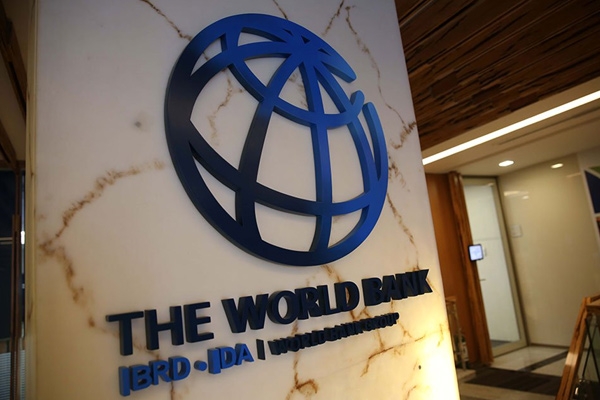
(Image source from: ABS-CBN News)
The remittance inflow in India is likely to increase by 16.8 percent this year, according to the latest report by the World Bank on migration and remittances.
According to the report the remittance in 2018 is expected to be $79.4 billion, while the remittance inflow to India in 2017 was $68.9 billion.
India is followed by China ($67 billion), Mexico and the Philippines ($34 billion each), and Egypt ($26 billion), according to the report.
The 2017 remittances constituted 2.7 percent of India's GDP (Gross Domestic Product). While the figure was $70.3 billion in 2014, in 2015 it was $68.9 billion and in 2016 it was $62.7 billion.
Remittances to South Asia are probable to increase by 13.5 percent to $132 billion in 2018, a stronger pace than the 5.7 percent growth seen in 2017.
"The increase is driven by stronger economic conditions in advanced economies, particularly the United States, and the increase in oil prices having a positive impact on outflows from some Gulf Cooperation Council (GCC) countries, such as the United Arab Emirates, which reported a 13 percent growth in outflows for the first half of 2018," the report added.
The GCC is a regional inter-governmental political and economic alliance of Kuwait, Bahrain, Qatar, Oman, Saudi Arabia, and the UAE.
Related content: Dust From Middle East Affects Indian Summer Monsoon: Study
The report adds that Bangladesh and Pakistan might experience upticks of 17.9 percent and 6.2 percent in 2018 respectively.
The World Bank approximates that officially recorded remittances to developing countries will increase by 10.8 percent to reach $528 billion in 2018, against a 7.8 percent growth in 2017.
Global remittances, which include flows to high-income countries, are projected to grow by 10.3 percent to $689 billion, it said.
"Even with technological advances, remittance fees remain too high, double the SDG target of 3 percent. Opening up markets to competition and promoting the use of low-cost technologies will ease the burden on poorer customers," said Mahmoud Mohieldin, Senior Vice President for the 2030 Development Agenda, United Nations Relations, and Partnerships at the Bank.
In the meantime, for 2019, it is projected that remittances growth for the region will sluggish to 4.3 percent due to a moderation of growth in advanced economies, lower migration to the GCC and the benefits from the oil price spurt dissipating.
By Sowmya Sangam






